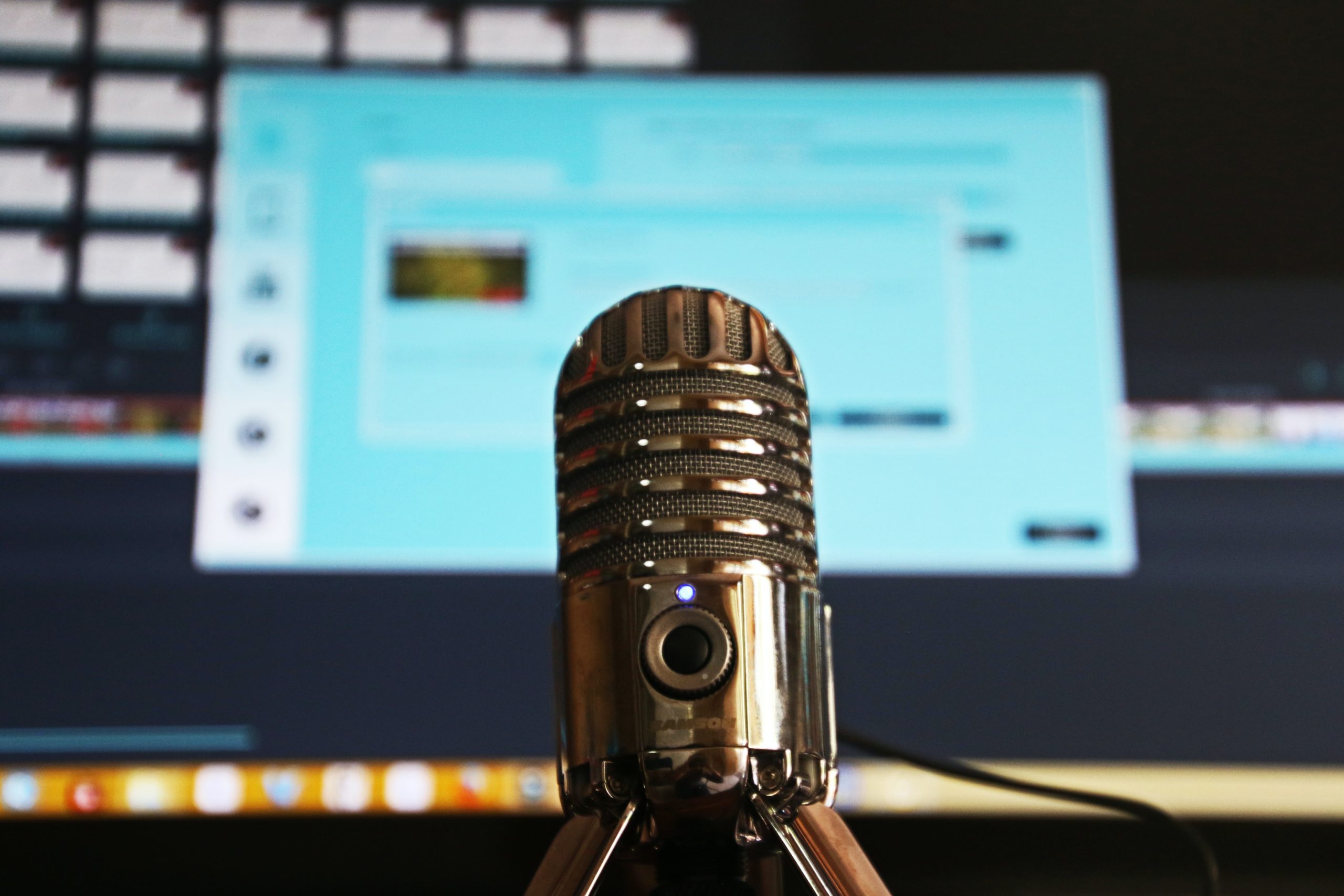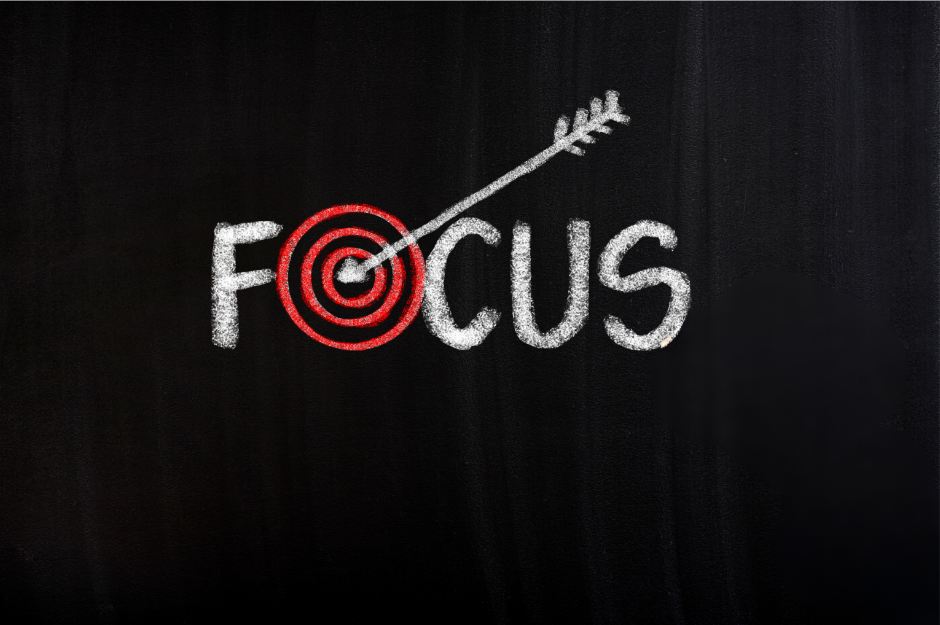Podcasting Tips from the Pros: The Ins and Outs of Adding Podcasts to Your Marketing Toolbelt

March 11, 2021
By Curley & Pynn
Over the last several years, podcasting has taken the world by storm. Since 2017, the number of monthly podcast listeners in the U.S. has grown by 54% and, as of 2020, a whopping 212 million Americans are familiar with podcasting! Among those listening on a weekly basis, the average time spent totals 6 hours and 39 minutes, with 51% of Americans listening to up to three podcasts per week and a surprising 12% listening to 11 or more.
With statistics such as these, it’s clear that this up-and-coming platform is becoming more popular by the minute – creating a prime opportunity for brands to communicate with their consumers in a new, innovative way that keeps them more engaged than any other form of media, according to Christina Nicholson, host of the Become a Media Maven podcast. If you think about it, weekly podcast listeners can utilize a number of platforms such as Spotify, Apple Podcasts, Stitcher and more to proactively search out new episodes, actively participate in the exchange of information and tune in to episodes that, on average, can last 36 minutes or more.
Yet, as with any form of media, podcasts are not for everyone. How do you know when to start a podcast? How do you go about starting the process? We asked some of our expert partners in the business to share their podcasting tips that answer these common questions.
How do I know if podcast marketing is right for my brand?
Podcasts offer two main benefits to an organization looking to connect with their audience: brand building and relationship marketing. If your company is ready and able to make the time investment it takes to launch and maintain a consistently released podcast, then this media is for you.
However, don’t assume this is an easy or overnight process. According to podcast marketing expert Suzanne Cheesman, owner of Triangle Media, moving into this new realm of relationship marketing brings a higher level of responsibility. While we know in the public relations world that your words and deeds should always align, know that listeners will hold your company accountable to the statements and promises your brand spokesperson makes on a podcast.
Podcasts also require a new level of vulnerability. Audience members don’t want to hear a 30-minute or more pitch on your company and its products. Rather, they want authenticity, the type which requires more vulnerability, both from the personal perspective of the brand spokesperson and the brand itself.
Finally, podcasting requires a large, continuous, dedicated time commitment; they don’t produce themselves. Nicholson’s podcasting tip is to not underestimate the time required to build a truly successful podcast if they don’t have foreknowledge on production process. The creation of a podcast is more than just recording and uploading, rather, it includes a mix of topic development, booking talent, recording, editing, uploading, marketing and more.
Before starting a podcast, ask yourself these three questions:
- Is your company looking to deepen its brand building and relationship marketing efforts?
- Are you willing to take on a higher level of responsibility, accountability and vulnerability?
- Can your team commit to the time required to regularly produce, upload and market your podcast?
If your answer to all the above is “yes,” you’re ready to take the next step.
What should I talk about?
The answer to this question will be different for each company, as every brand has its own targeted niche in podcast marketing to which it can provide expertise and general knowledge to its audience. However, there are a few overarching podcasting tips that can make your content more engaging to your audience.
The first step, according to Cheesman, is to know your audience. Who are you talking to? What do they know and what are their interests? Do you want to engage consumers or other business leaders? (Our five questions provide a great foundation for this process as you identify your audience and determine next steps for your messaging strategy.) Before any other planning can take place, you need to have an answer to these questions.
Once you have a firm grasp on the audience you want to engage, it’s time to determine how you want to communicate your organization’s expertise and its unique position in the market. Podcasts in their typical sense are auditory, however, there’s opportunity to host the content in a video format, as well. Utilizing video has upsides, such as expanding your reach to different platforms like YouTube or your company’s social media channels. Yet, it also requires more work to host both video and audio files on separate platforms, while still maintaining audience engagement on each. It’s up to the individual company to determine what’s best for their brand, as well as the team supporting the production process.
In addition to file format, brands need to determine how they want to format the podcast conversation itself, whether that’s one person talking throughout, a fireside chat or even hosting a panel. While all are viable options, Cheesman recommends a one-on-one interview style. “A solo cast is difficult, as it’s hard to be engaging when you’re talking alone,” she says. “If you have too many people – as a listener – it’s hard to keep straight who is talking.”
Finally, podcast marketing is all about authentic storytelling. Nicholson states that podcast listeners “want to learn, be educated and entertained – all at the same time.” This is the fundamental reason why it’s essential for a podcast to not solely act as a sales pitch, but rather, provide practical content that the audience can immerse themselves in as they learn more about your brand.
What does this look like? Nicholson’s recommendation is to “give your listeners what they want,” which goes back to the fundamentals of research. Learning what your audience knows and doesn’t know will help determine the direction your content should take. On a practical level, Nicholson suggests reviewing frequently asked questions from your target audience and addressing those. Or, take people behind the scenes – such content is a popular draw for any audience as they want to see what it takes to make the magic happen.
When it comes to your content, don’t be afraid to be too niche. In fact, in podcast marketing, the more niche the better. Although the target audience with that specific interest may be smaller in number, they’re more likely to be enthusiastic about the content and, therefore, more likely to act on what they hear. Still afraid your industry is too niche? Cheesman offered an example of a podcast solely focused on how to raise organic sheep – and it has millions of followers. The moral of the story? There’s an audience out there interested in what you have to say; you just need to find them.




